May 14, 2025 | 15:34 GMT +7
May 14, 2025 | 15:34 GMT +7
Hotline: 0913.378.918
May 14, 2025 | 15:34 GMT +7
Hotline: 0913.378.918
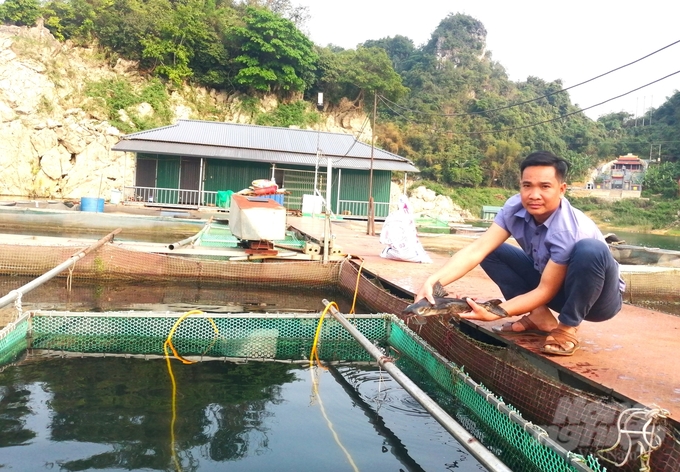
Hoa Binh has great potential in aquaculture development with more than 14,000 hectares of water surface, 543 large, medium and small irrigation lakes. Photo: Trung Quan.
Hoa Binh province has an extensive water surface area of 14,000 hectares and 543 large, medium, and small reservoirs (dispersed throughout the province's 10 districts and city) with varying capacities (49 with a capacity of 3-10 million cubic meters, 151 with a capacity of 0.5-3 million cubic meters, 273 with a capacity of 0.05-0.5 million cubic meters, and 70 with a capacity below 50,000 cubic meters).
A consistent water supply is ensured by the reduced impact of domestic sewage, livestock refuse, and agricultural and industrial chemicals on these reservoirs. This creates advantageous circumstances for the expansion of aquaculture operations.
The Hoa Binh Department of Agriculture and Rural Development reports that the province has approximately 5,000 fish cages and rafts in use for fish aquaculture as of September 2023. The yearly harvest exceeds 7,000 tons. During the initial nine months of 2023, the reservoirs witnessed aquaculture production surpass 9,000 tons, representing a 104% increase over the corresponding period and the entire planned amount. The province has obtained Intellectual Property Office certification for the "Song Da fish – Hoa Binh" and "Song Da shrimp – Hoa Binh" trademarks, which are utilized for both farming and harvesting purposes.
The Director of the Hoa Binh Department of Agriculture and Rural Development, Mr. Nguyen Huy Nhuan, stated that the aquaculture industry must continue to shift toward increasing productivity, product quality, and value while establishing a sustainable supply chain between businesses and cooperative groups to facilitate production, implement modern technology, and establish a concentrator, in light of the contracting agricultural production structure and rising market demands.
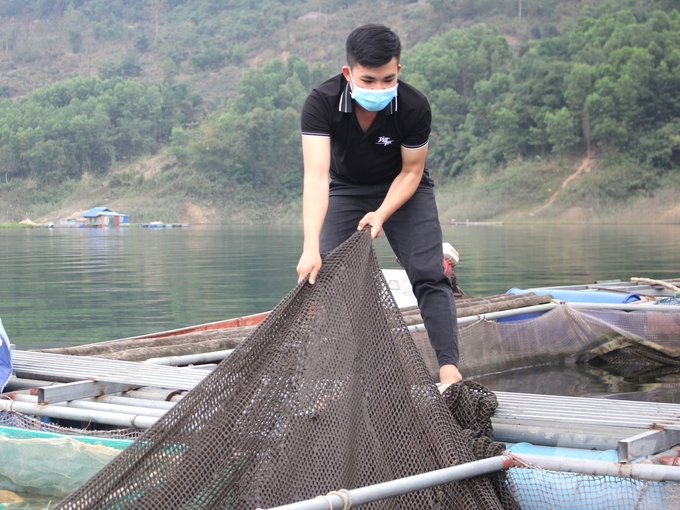
According to the Department of Fisheries, Hoa Binh needs to urgently approve the project to develop aquaculture in Hoa Binh hydroelectric reservoir associated with tourism until 2030. Photo: Trung Quan.
In order to accomplish this, the province has established as its objective the aquaculture industry's development rate of 4.5 percent by 2024. A total of 4,900 fish enclosures will be erected to maintain the aquaculture area at 2,700 hectares. With an anticipated output of 12,400 tons (2,400 tons from harvesting and 10,000 tons from cultivation), more than one hundred million aquatic seedlings will be produced.
Between 2025 and 2030, the province will persist in efficiently utilizing and exploiting the water surface areas of reservoirs, taking into account appropriate species and agricultural techniques. Assemblies of high-value aquatic and specialty species will be cultivated intensively and semi-intensively for the purposes of sustainable development, ecological preservation, and tourism potential. The aquaculture area encompassing small ponds, reservoirs, and water bodies is projected to expand to 3,000 hectares by 2030, supported by 7,000 fish cages and rafts, yielding an annual output of 16,000 tons (14,000 tons from farming and 2,000 tons from harvesting).
Based on the Directorate of Fisheries (Ministry of Agriculture and Rural Development), Hoa Binh province, which possesses the most reservoirs in the country, should prioritize the implementation of a comprehensive set of measures to capitalize on its local potential and advantages, in addition to the general measures for the development of aquaculture in reservoirs nationwide. They should immediately adopt a plan for the tourism-related development of aquaculture in the Hoa Binh hydropower reservoirs through 2030.
Additionally, it is recommended that investments in infrastructure for fish cage and raft aquaculture zones concentrated in the vicinity of Hoa Binh Lake be given priority. The aforementioned initiatives encompass the development of environmentally sustainable cage materials for high-tech aquaculture models, breeding center construction, transportation infrastructure, and watercraft docks. Simultaneously, they should establish policies and mechanisms that encourage private and public entities to allocate resources towards aquaculture production. Connecting the efficient arrangement and organization of fish cage and raft farming areas to local tourist attractions in the vicinity of Hoa Binh Lake is essential.

In order for aquaculture activities in the lake bed area in Hoa Binh province to develop, the main aquaculture species must be identified. Photo: Trung Quan.
In order to foster aquaculture endeavors in the lake regions of Hoa Binh province, the Director of the International Collaboration Center for Sustainable Aquaculture (ICAFISH), Mr. Le Thanh Luu, proposes that an emphasis be placed on the diversification of the primary target species cultivated. At present, the predominant emphasis of most establishments is on conventional fish species, leading to a restricted level of product competitiveness that fails to entice enterprises or investment in processing facilities.
"Apart from conventional fish species like carp, tilapia, and catfish, it is worthwhile to investigate the cultivation of eel and murrel." These are species that have the potential to be exported to nations such as Japan and China in addition to serving the domestic market. Mr. Le Thanh Luu adds that conducting experiments with domestic varieties that are not presently commercially available but are in high demand on export markets could prove to be a fruitful endeavor.
In addition to emphasizing the long term, he recommends that the province contemplate the adoption of policies aimed at enticing corporations to invest in the development of deep processing facilities dedicated to fish products. Furthermore, economic value can be increased through the development of technology that transforms fish by-products (skin, blubber, bones, scales) into high-value commercial products such as fish oil and collagen. By these measures, production demand can be stimulated and a thriving aquaculture industry can be established progressively in the lake regions.
Translated by Linh Linh
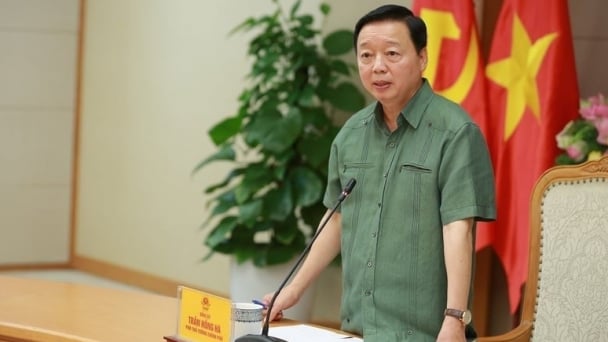
(VAN) Vietnam's draft amendment to Decree No. 156 proposes a mechanism for medicinal herb farming under forest canopies, linking economic development to population retention and the sustainable protection and development of forests.
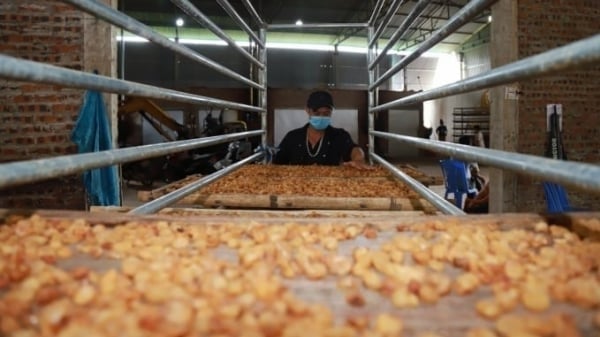
(VAN) In reality, many craft village models combined with tourism in Son La have proven effective, bringing significant economic benefits to rural communities.

(VAN) The international conference titled Carbon Market: International experiences and recommendations for Vietnam was successfully held recently in Ho Chi Minh City.
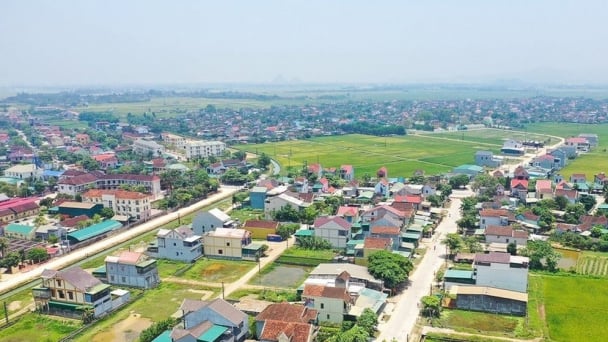
(VAN) According to the Project on rearranging provincial and communal administrative units, in 2025, the country will have 34 provinces/cities, 3,321 communes, wards, and special zones, and no district-level organization.
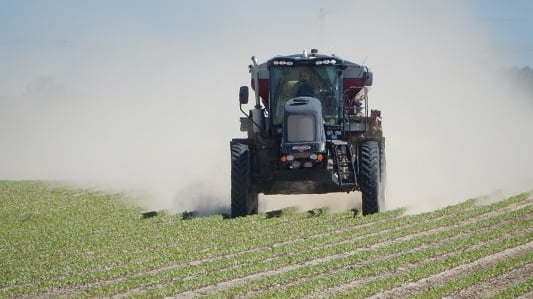
(VAN) The vice president of fertilizer with Stone X Group says the Trump administration’s tariffs are impacting fertilizer markets.
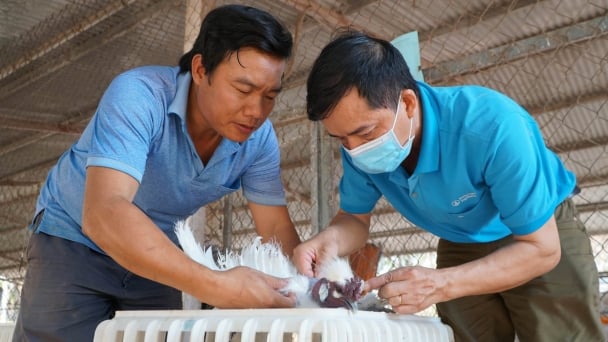
(VAN) Resolution 57 offers Vietnam a significant opportunity to narrow the global genetic technology disparity and convert its extensive genetic resources into commercial advantages.

(VAN) The Ministry of Agriculture and Environment will prioritize the implementation of five core and breakthrough solutions in science and technology, in addition to the seven groups of tasks identified in Decision No. 503.